Description
Revised and expanded for the digital age, this trusted guidebook and text helps novice psychotherapists of any orientation bridge the gap between coursework and clinical practice. It offers a window into what works and what doesn’t work in interactions with patients, the ins and outs of the therapeutic relationship, and how to manage common clinical dilemmas. Featuring rich case examples, the book speaks directly to the questions, concerns, and insecurities of novice clinicians. Reproducible forms to aid in treatment planning can be downloaded and printed in a convenient 8 1/2″ x 11″ size.
New to This Edition
*Reflects two decades of technological changes–covers how to develop email and texting policies, navigate social media, use electronic medical records, and optimize teletherapy.
*New chapters on professional development and on managing the impact of therapist life events (pregnancy and parental leave, vacations, medical issues).
*Instructive discussion of systemic racism, cultural humility, and implicit bias.
*Significantly revised chapter on substance use disorders, with a focus on motivational interviewing techniques.
*Reproducible/downloadable Therapist Tools.

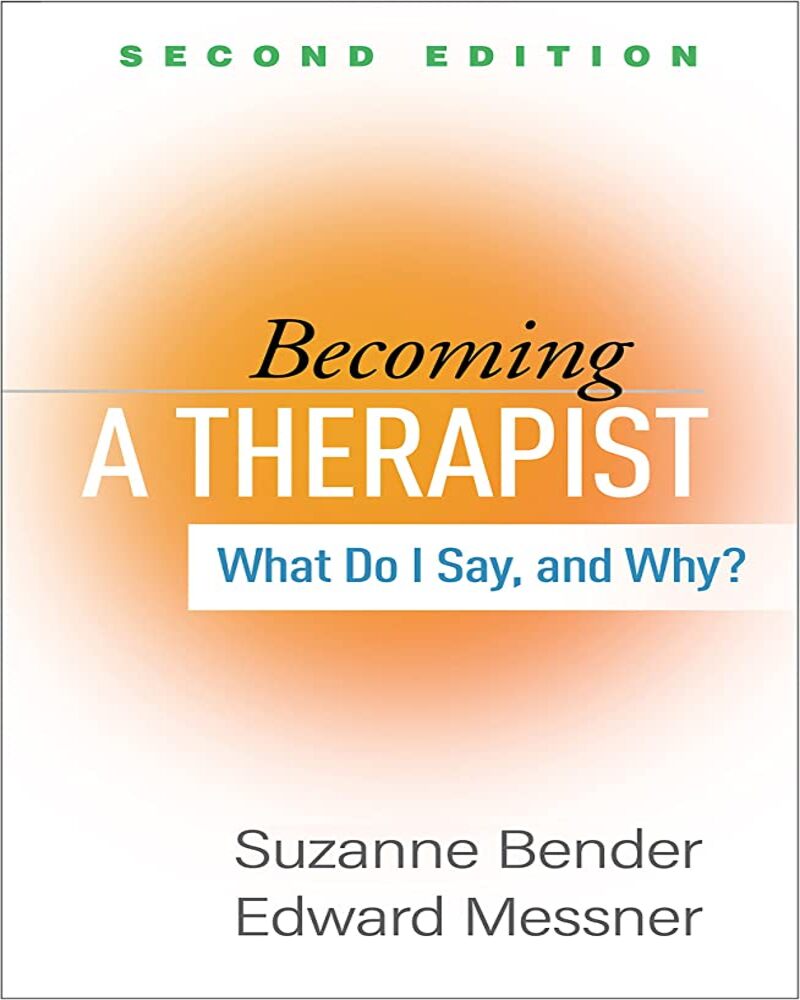








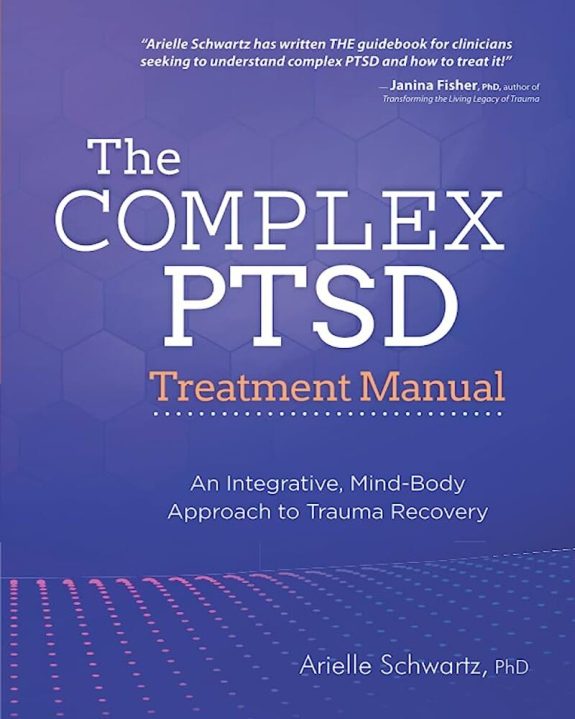

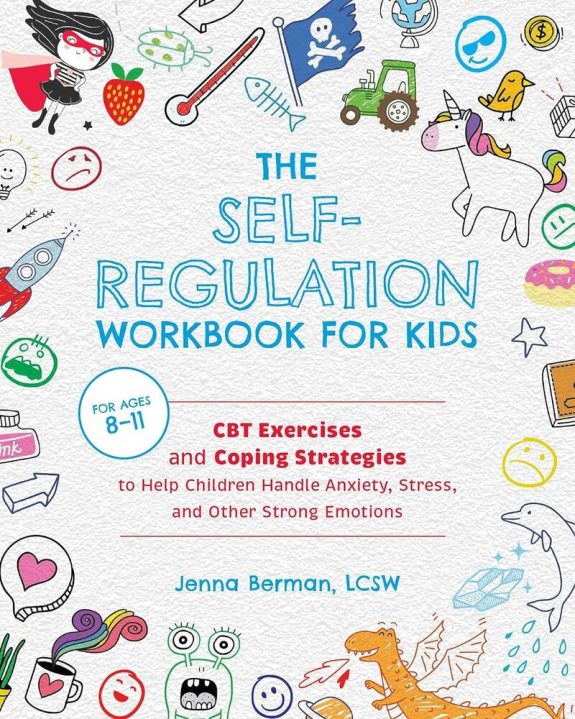

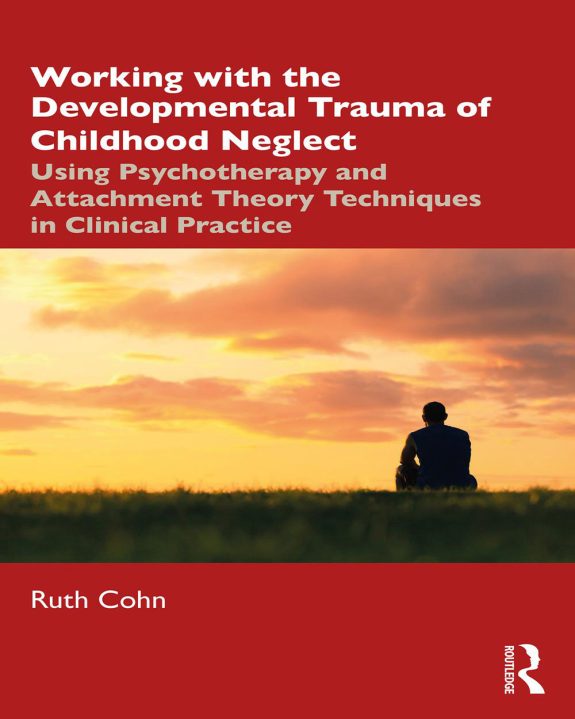
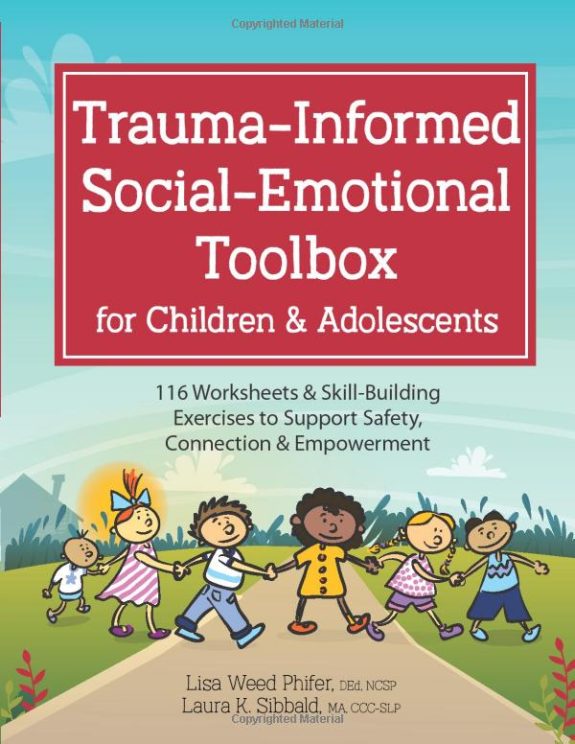

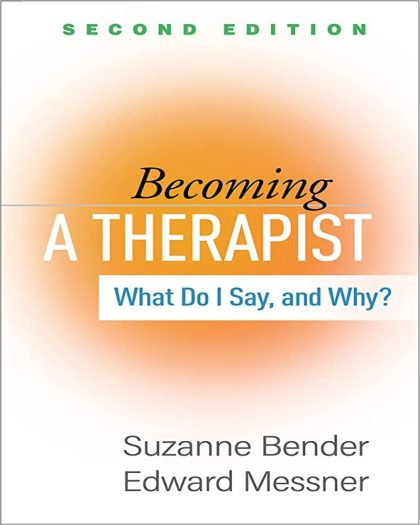

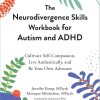

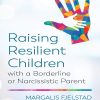
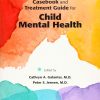
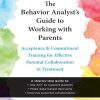
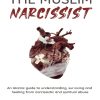


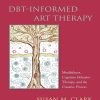

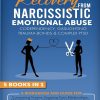




The second edition adds even more wonderful topics. I particularly like how the book was written in the first person. It makes it comfortable and easy to read. I felt in the room with her as I was reading the book. Many of the topics are not generally written about by others. I feel that these topics in particular are especially well covered and useful for new and experienced therapists as well: When the therapist’s life interferes with the therapy, money matters, electronic devices, working with patients on zoom, pregnancy of the therapist, and ongoing leaves of absence for example during cancer treatment. The chapters on death and dying and termination are especially well covered and are very effective. I strongly recommend this book. Stanley Leiken, MD clinical professor of psychiatry UCLA School of medicine.
The first edition of this book was provided to me as part of my psychiatry residency training, and I benefited from it immensely – the guidelines and case-based examples were invaluable to me as I learned how to become a therapist. I was thrilled to review the updates to the second edition, including (but not limited to) considerations around the use of new forms of communication (e.g., social media, texting), how to talk to patients about systemic racism and consider our own unconscious biases, and how to navigate life events of the therapist (e.g., parental or medical leave) that may impact the therapeutic frame. I highly recommend this book to all – whether early in training or later in one’s career – as an invaluable resource!
Highly recommend this book to all therapists-in-training and those early in their careers. I received the first edition of the book as a trainee and referred to it regularly, dog-earring most pages. In this second edition, Dr. Bender provides thoughtful updates, including how to have important conversations about culture, identity, and systemic racism; navigating today’s double-edged technologies (email, texting, social media, telemedicine); and managing significant events in the therapist’s personal life (pregnancy, illness). Dr. Bender’s case-based vignettes are realistic and practical, and she provides nuggets of wisdom in her sample responses to potentially challenging situations: setting boundaries, discussing payment, navigating after-hours communications, etc. This book continued to serve as a helpful guide after I concluded my training and worked to open my own practice. I am very grateful to Drs. Bender and Messner for this tremendous resource!
Dr. Bender’s contribution, through this masterwork, fills a vital void both for trainees and those who teach them. Here, she expertly continues the work that she began alongside her beloved supervisor and teacher, the late Dr. Ed Messner by updating Becoming a Therapist, What Do I Say and Why? In this revised edition, Dr. Bender takes on topics facing the modern era of psychotherapeutic practice: email, text, social medial, telemedicine, and the electronic health record as well as issues of cultural humility, cultural identity, and antiracism in the context of patient care. This guidebook is essential not only for psychiatrists, but also psychologists, social workers and all stripes of therapists, both in training and with years of practice under their belts. Thank you, Dr. Bender, for taking the time to update and revise this extraordinary contribution to our profession.
Dr. Suzanne Bender has skillfully continued the vital work she began with the late Dr. Ed Messner by updating Becoming a Therapist, What Do I Say and Why? In this Second Edition Dr. Bender continues providing thoughtful, expert, practical advice in her warm and approachable style. The sections on the use of technology (texting, email, telemedicine visits) are alone worth the investment. The “Therapist Tool” templates provide specific language for common clinical situations, useful for therapists of all levels of training and experience. Thank you, Dr. Bender, for sharing your work with us all.